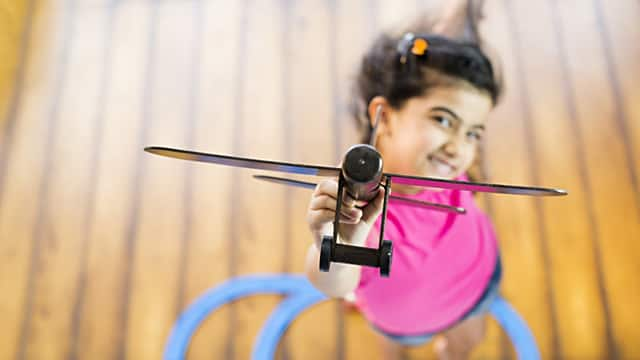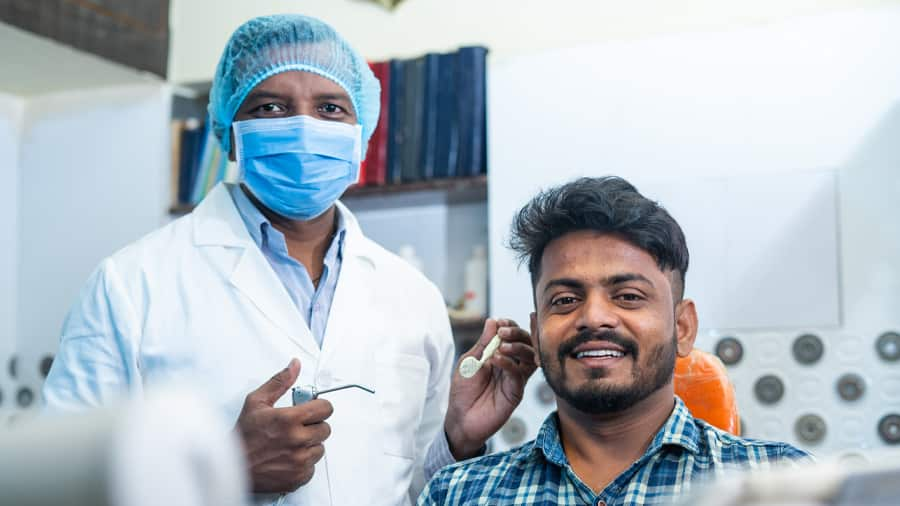-
-

TEETH WHITENING
What Is Stannous Fluoride Toothpaste?Stannous fluoride toothpaste helps prevent cavities, reduce sensitivity, fight plaque, and support daily gum and enamel health.

Selecting Dental Products
Best Toothpaste in India: Five Dentist-Recommended TypesToothpastes today are formulated to meet your every dental need and come in many flavours. Have your dental professional suggest the best toothpaste in India.
-
Science & Innovation
- ORAL HEALTH CHECK
- PRODUCT MATCH
- Colgate® | Toothpaste, Toothbrushes & Oral Care Resources
- Oral Health
- Tooth Fairy
- How To Assemble A Tooth Fairy Kit


One of the best parts of being a parent is playing the role of Santa, the Easter Bunny and, of course, the tooth fairy. But unlike Christmas and Easter, the tooth fairy is called to duty at unpredictable moments. So how do you stay prepared? Assemble a tooth fairy kit. Here's how.
When Will I Play the Tooth Fairy?
You won't need your tooth fairy supplies until your child starts losing teeth. For most children, that will happen around age six. According to the American Dental Association, your child will probably lose the small incisors first. Those are the teeth at the front of your child's mouth on the upper and lower sections. After that, they will lose the canines in the middle and the molars near the back.
Of course, your child may no longer believe in the tooth fairy by the time he or she loses those last teeth. Many children still have primary teeth at age eleven or twelve. But save the tooth fairy kit for your younger child or as a keepsake to pass on to grandchildren.
What to Put in My Tooth Fairy Kit?
A well-prepared kit will save you from running frantic errands when your child loses a tooth. To be fully equipped, have these items on hand:
- Small bills: According to a recent report in the Los Angeles Times, payments from the tooth fairy have gone up in recent years. But that doesn't mean you have to break the bank to surprise your child. The source claims that the average payment is now $2.42, up from $2.10 in 2011. Have small bills and coins on hand so that you don't have to overpay because you're unprepared.
- Floss dispenser: Get creative and give more than just money. Your young child will love to find a playful floss dispenser under his pillow. It might just inspire your child to floss more often. Add a new toothbrush for more fun.
- Tooth-shaped award: Use a tooth-shaped cookie cutter to create a Happy Mouth Award. Compliment your little one on some part of their dental routine that he does particularly well. You'll put a smile on your child's face, and if he thinks that the tooth fairy is watching, he'll be more likely to put more time and effort into his teeth on a daily basis.
- Colorful notepaper and pen: Write a short note on colorful paper and set a new dental hygiene goal for your child. For example, maybe he needs to spend more time brushing the back of his mouth. Write a personal note from the tooth fairy with instructions for how to do a better job. Make it helpful but positive.
If you're prepared with a good tooth fairy kit, you can use this special opportunity to put a smile on your child's face and to keep that smile healthy for years to come.
This article is intended to promote understanding of and knowledge about general oral health topics. It is not intended to be a substitute for professional advice, diagnosis or treatment. Always seek the advice of your dentist or other qualified healthcare provider with any questions you may have regarding a medical condition or treatment.
ORAL HEALTH QUIZ
What's behind your smile?
Take our Oral Health assessment to get the most from your oral care routine
2.3 billion
people worldwide suffer from tooth decay
ORAL HEALTH QUIZ
What's behind your smile?
Take our Oral Health assessment to get the most from your oral care routine
2.3 billion
people worldwide suffer from tooth decay
Related Articles

Dental emergencies and sports safety
Instant Relief from Tooth Pain: Essential TipsDiscover straightforward remedies on how to relief from tooth pain. Learn essential techniques to alleviate tooth pain and restore comfort effortlessly.

Adult Oral Care
Dental Health Care: What Is It & What Does It Mean to You?What exactly is dental health care, and what does it mean to you? Visit Colgate now and learn the main aspect of dental health care and why it's important.

Adult Oral Care
Coated Tongue: Symptoms, Causes, and TreatmentA coated tongue may be harmless. Learn what may be the cause and when you should see your dentist for an evaluation, here.
Related Products

Helping dental professionals
More professionals across the world trust Colgate. Find resources, products, and information to give your patients a healthier future







